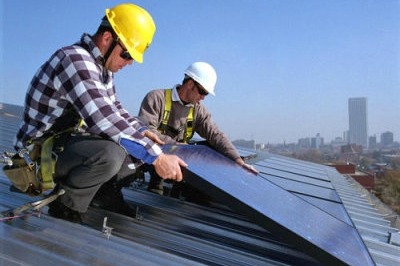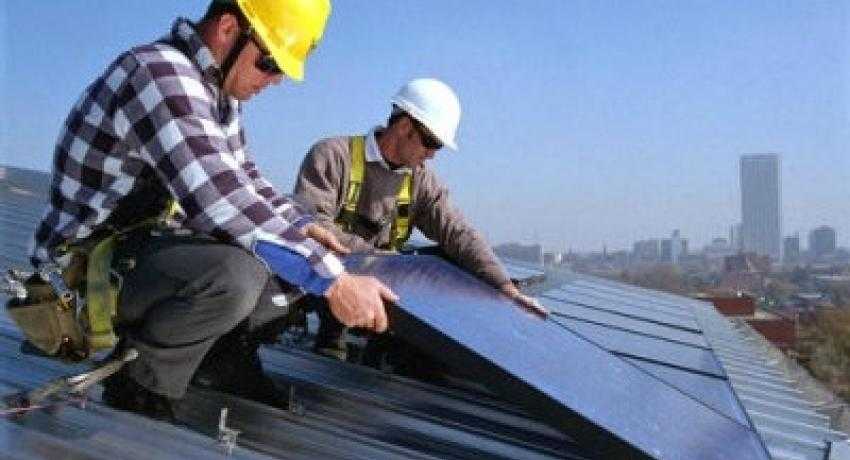Clean Jobs Index shows growth in solar industry
 There were 8,000 new solar industry jobs posted in the first quarter of 2013, according to Ecotech Institute’s Clean Jobs Index.
There were 8,000 new solar industry jobs posted in the first quarter of 2013, according to Ecotech Institute’s Clean Jobs Index.
Solar energy was one of the biggest growth industries among the clean technology sectors that the institute tracks, according to a press release about its job index figures released this week.
Among the job titles were solar sales representative, installers, solar panel manufacturers and project managers.
The 8,000 solar jobs were just a fraction of the total 750,000 clean technology jobs posted nationally in the first quarter of this year.
Ecotech Institute launched its Clean Jobs Index late in 2012 with the aim of monitoring this sector of the economy and illustrating it growth and opportunity. In addition to aggregating data about jobs, the index connects users directly to job listings.
That was an important function of the index, said Keri Burnett, spokeswoman for the college.
“Ecotech Institute is the first and only college completely dedicated to the renewable energy and sustainability fields,” Burnett said.
As more people have considered a career change into the clean technology and renewable energy fields, the job index became an important sales tool for the schools, said Kyle Crider, sustainability director for Ecotech.
“It gives someone the ability to go in and say ‘this state looks promising for a number of reasons, but am I going to have a job there?’ and be able to see real opportunities,” Crider said. “That’s what makes this index unique.”
Among the states that added the most clean energy jobs in the first quarter of this year were Alabama, Iowa, Michigan, Mississippi, Nebraska, Vermont and West Virginia, according to the report.
“The Clean Jobs Index shows that there is tremendous job growth in the cleantech sector and signs of positive momentum on the state level for environmental factors that can affect us all,” Crider said.
The index also tracks environmental factors like the number of alternative fueling stations, electric car charging stations, the level of incentives for solar and other renewable energy technology and the number of new Leadership in Energy and Environmental Design-certified buildings in each state.
“When we see increases in LEED certification, we know businesses are making sustainable decisions; when we see an increase in alternative fueling stations, we know people are driving demand for greener forms of transportation. These are powerful indicators,” Crider said.




